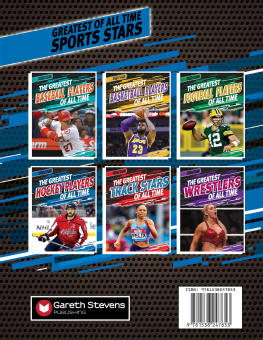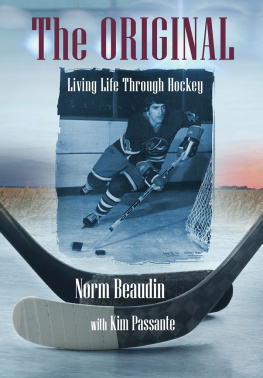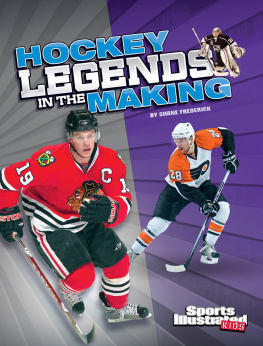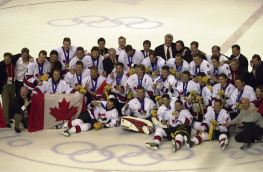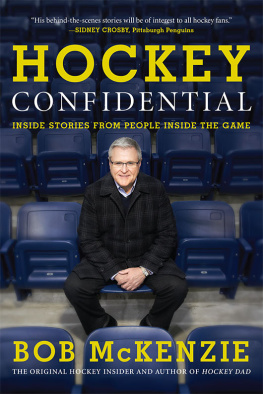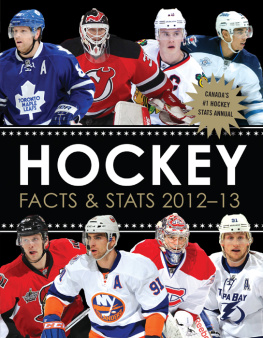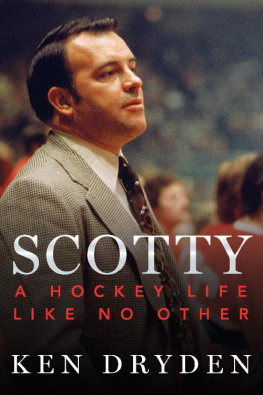Matt Christopher - Mario Lemieux
Here you can read online Matt Christopher - Mario Lemieux full text of the book (entire story) in english for free. Download pdf and epub, get meaning, cover and reviews about this ebook. year: 2009, publisher: Little, Brown Books for Young Readers, genre: Detective and thriller. Description of the work, (preface) as well as reviews are available. Best literature library LitArk.com created for fans of good reading and offers a wide selection of genres:
Romance novel
Science fiction
Adventure
Detective
Science
History
Home and family
Prose
Art
Politics
Computer
Non-fiction
Religion
Business
Children
Humor
Choose a favorite category and find really read worthwhile books. Enjoy immersion in the world of imagination, feel the emotions of the characters or learn something new for yourself, make an fascinating discovery.

- Book:Mario Lemieux
- Author:
- Publisher:Little, Brown Books for Young Readers
- Genre:
- Year:2009
- Rating:3 / 5
- Favourites:Add to favourites
- Your mark:
- 60
- 1
- 2
- 3
- 4
- 5
Mario Lemieux: summary, description and annotation
We offer to read an annotation, description, summary or preface (depends on what the author of the book "Mario Lemieux" wrote himself). If you haven't found the necessary information about the book — write in the comments, we will try to find it.
Mario Lemieux — read online for free the complete book (whole text) full work
Below is the text of the book, divided by pages. System saving the place of the last page read, allows you to conveniently read the book "Mario Lemieux" online for free, without having to search again every time where you left off. Put a bookmark, and you can go to the page where you finished reading at any time.
Font size:
Interval:
Bookmark:
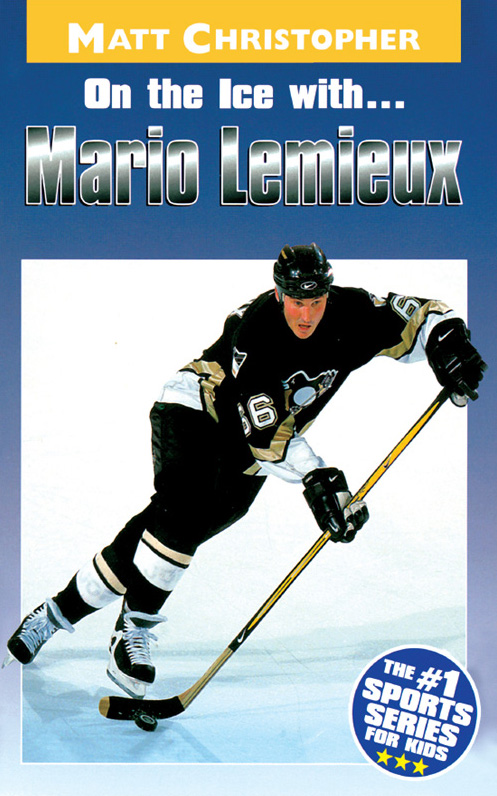
Copyright 2002 by Catherine M. Christopher
All rights reserved. No part of this book may be reproduced in any form or by any electronic or mechanical means, including information storage and retrieval systems, without permission in writing from the publisher, except by a reviewer who may quote brief passages in a review.
Matt Christopher is a registered trademark of Catherine M. Christopher.
Hachette Book Group
237 Park Avenue
New York, NY 10017
Visit our website at www.HachetteBookGroup.com
First eBook Edition: December 2009
ISBN: 978-0-316-09415-3
In French, le mieux means the best. Since the day he first stepped on the ice, hockey star Mario Lemieux has lived up to the promise of his name. Despite battles with injury and illness, nothing has stopped him in his quest to be the best hockey player in the world.
Mario was raised in the Canadian province of Quebec. Hockey is Canadas national sport, and in French-speaking Quebec, hockey is more than a game. It is a passion. Most children learn to skate soon after they begin to walk. Every town and neighborhood has an ice-hockey rink. As winter approaches, people can hardly wait for local ponds and lakes to freeze so they can play hockey. Some residents even flood their backyards to create miniature rinks.
Hockey has a long and storied tradition in Canada. The sport became popular in the late 1800s, nowhere more so than in Quebec. The first leagues were formed in 1885, and within ten years Quebecs capital city, Montreal, supported more than one hundred teams. When hockey began to be played professionally around the turn of the century, Montreal was a hotbed of talent. The National Hockey League (NHL) formed in 1917, and the Montreal Canadiens became the sports reigning dynasty almost from the start.
Mario Lemieux grew up in a working-class neighborhood of Montreal called Ville Emard, only ten minutes away from the Montreal Forum, home of the Canadiens. Mario was born on October 5, 1965, the third son of Jean-Guy Lemieux, a construction worker, and his wife, Pierrette. The three Lemieux boys were very close. Allain, the eldest son, was three years older than Mario. The middle boy, Richard, and Mario were separated by only a year.
There was nothing the boys liked better than playing hockey. By the time Mario first put on skates at the age of three, he already knew the basic rules of the game. He and his brothers pretended that the Lemieuxs basement was a hockey rink and would slide about in their stocking feet, using wooden kitchen spoons as hockey sticks and a bottle cap as a puck. They skidded and slid around the columns in the basement, pretending they were defenders, and took aim at their mothers piano, imagining that the space beneath the keyboard was the goal.
Even after Allain began playing organized hockey, and Richard and Mario learned to skate, the boys continued to practice in the basement. Before long, they began using real hockey sticks instead of spoons, and plastic pucks instead of bottle caps.
Their rough play took a toll on the basements tile ceiling and floor. Each time one of the boys scored, he would thrust his stick in the air in celebration, sometimes piercing one of the tiles. The constant smacking of sticks on the floor as the boys fought for the puck left it scarred and marked. After scoring a goal, they would bang their sticks on the piano.
Fortunately, Pierrette and Jean-Guy didnt mind. Mr. Lemieux was a big hockey fan and was pleased that his sons enjoyed the game so much. He encouraged them to play and just kept replacing tiles and fixing the floor. As the boys grew older, he and his wife were always taking their sons to practices and games. Pierrette and Jean-Guy even carried snow into the house and packed it down on the front hallway, through a door into the dining room, then through the living room and back into the hallway. They left the door open so it would stay cold and the boys could skate through the house! Neighbors and relatives thought the Lemieuxs were nuts, but as Pierrette said later, It was easy to raise kids here. There was always happiness.
Mario learned to skate with other neighborhood kids and his many cousins on an outdoor rink behind a nearby church. He took to the ice immediately. Before he began attending school, the whole neighborhood was already talking about how well he could skate. They all said, Look at this little guy, look at him go, look at him skate! Pierrette recalled.
Marios early career wasnt restricted to pickup games of hockey. There were also organized leagues for kids. Youth hockey in Canada is very popular. Leagues are organized around age groups, so players compete against others of similar skills. When Mario was growing up, a player had to be nine years old to be eligible to play. Teams of young players compete for provincial titles and sometimes travel long distances. Teenage hockey players are also subject to a draft to play in the highly competitive junior leagues. They often move away from home and even quit school in order to further their hockey careers.
When Mario was six years old, his brother Allain was playing for a Pee Wee league hockey team of nine- and ten-year-olds. One afternoon, they were playing a practice game when the coach motioned for Mario to come down from the stands. He had noticed the young boy skating around before the game and asked him if hed like to play.
Mario jumped at the chance. Hed never played in a real game before. Although he was three or four years younger than everyone else, he wasnt intimidated. Mario was already as big as kids several years older.
He played as if he had been practicing with the team all year. Hed only been on the ice a few minutes before he scored a goal, and a few minutes later he made a nice pass and collected an assist.
Mario could hardly wait until he was old enough to join Pee Wee hockey. Over the next few years, he played pickup hockey whenever he could, usually against older boys. Yet, even then, he was often the best player on the ice.
When he turned nine, he joined the Ville Emard Hurricanes, known as the Black Machine in reference to the color of their jerseys. The Hurricanes were a legend in Pee Wee league hockey in the Montreal area. They were usually one of the best teams.
Marios teammates on the Hurricanes included two future NHL hockey players, J. J. Daigneault and Sylvain Cote, who later became a first-round draft pick in the NHL. Despite being surrounded by such talent, Mario stood out.
His size, even then, was intimidating. When Mario had the puck it was almost impossible to take it away. Other players feared being checked by Mario. Although he played by the rules, he was already tough and strong. He had a powerful shot, and his stickhandling ability was better than that of most other players.
But what made Mario stand out most were his vision and hockey instincts. He played as if he had eyes in the back of his head and seemed able to sense what was going to happen before it did. He would make a blind pass an instant before a player broke clear or swoop in the opposite direction just as an opponent moved in from behind. The combination of his skills made him a unique player. He did more than score; he made his entire team better.
Mario soon developed a reputation as one of the best young players in Quebec. When the Hurricanes competed in the provincial Pee Wee league tournament and played throughout Quebec, fans turned out in droves to see him play, immediately picking out the young boy in the Number 12 jersey who towered over most of the other players.
Canadian fans take hockey very seriously, even youth hockey. Mario would often be greeted with jeers from the supporters of the opposing team. Steve Finn, who later played in the NHL, played against Lemieux in the tournament, and later told a reporter, Already, he had a big reputation. Everyone was talking about him. Adult spectators sometimes greeted Mario with obscenities. Some people even threw things at him and spat on him as he skated past.
Font size:
Interval:
Bookmark:
Similar books «Mario Lemieux»
Look at similar books to Mario Lemieux. We have selected literature similar in name and meaning in the hope of providing readers with more options to find new, interesting, not yet read works.
Discussion, reviews of the book Mario Lemieux and just readers' own opinions. Leave your comments, write what you think about the work, its meaning or the main characters. Specify what exactly you liked and what you didn't like, and why you think so.

